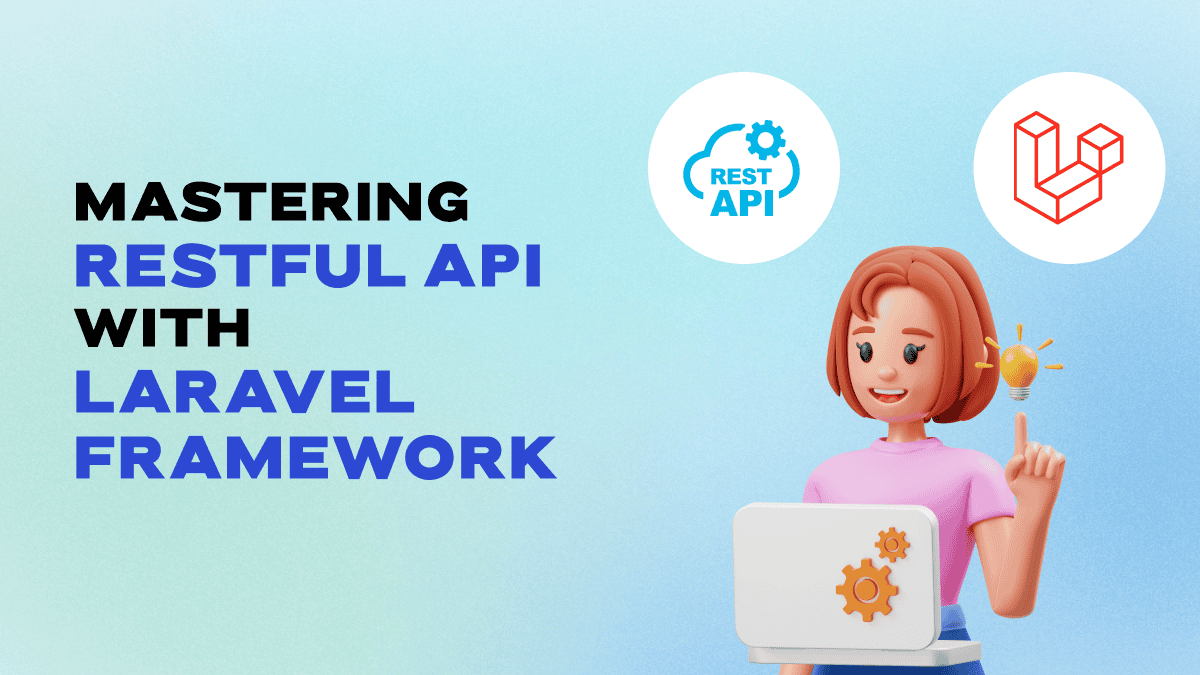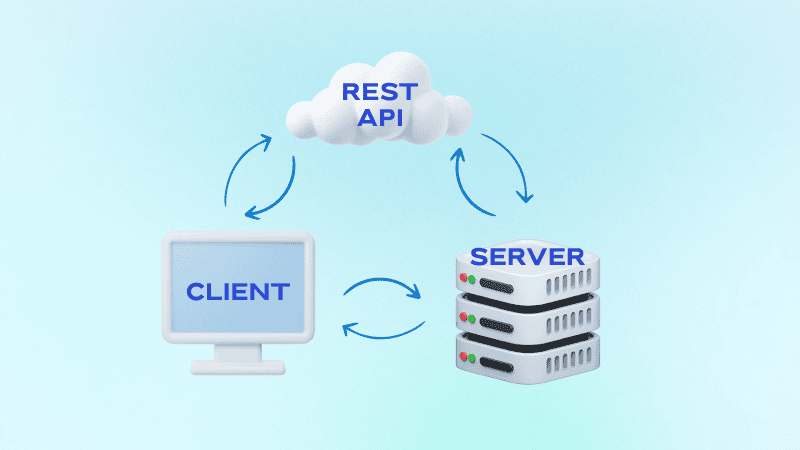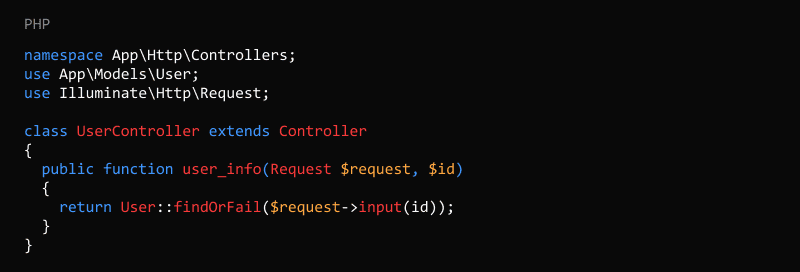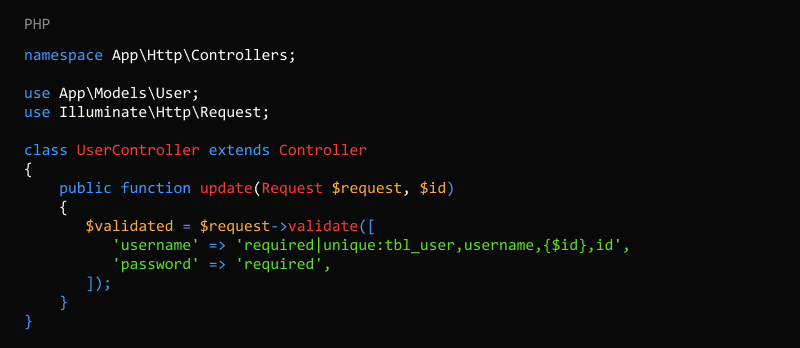
In today's interconnected world, creating robust and efficient APIs (Application Programming Interfaces) has become a crucial part of web and mobile application development. RESTful APIs, in particular, have gained immense popularity due to their simplicity, scalability, and compatibility with various platforms. Laravel, the renowned PHP framework, provides developers with a powerful toolkit to build RESTful APIs that not only perform exceptionally well but are also maintainable and secure. In this blog, we will delve into the world of REST API development with the Laravel framework, exploring key concepts, best practices, and techniques to create high-quality APIs.
1.What is REST and why use it?

REST (Representational State Transfer) is an architectural style for designing networked applications, especially web services. It adheres to a set of principles that emphasize stateless communication, resource-oriented URLs, and standard HTTP methods like GET, POST, PUT, DELETE, etc. RESTful APIs allow clients to interact with server-side resources through these standardized methods, making it easier to build cross-platform applications and promoting loose coupling between client and server.
2.Setting up Laravel for RESTful API Development
To start building a RESTful API with Laravel, you'll need to set up a Laravel project using Composer. After installing Laravel, you can define your API routes, controllers, models, and database migrations. Laravel's "artisan" command-line tool simplifies these tasks and helps you create the necessary components quickly.
3.Defining Routes and Controllers
In Laravel, routes are defined in the routes/api.php file. You can specify the HTTP methods and corresponding controller methods that handle the requests. Controllers are responsible for processing incoming requests, interacting with models, and returning appropriate responses. By following this structure, your API becomes organized and easy to maintain.

Controller

4.Working with Models and Migrations
Models in Laravel represent database tables and enable you to interact with the database using Eloquent, Laravel's ORM (Object-Relational Mapping) system. Eloquent provides an expressive syntax to perform database operations, making it a breeze to work with data in your application. Migrations, on the other hand, help manage the database schema changes and version control, ensuring seamless collaboration in development teams.
5.Authentication and Security
Securing your RESTful API is of utmost importance. Laravel provides various authentication mechanisms out of the box, such as JWT (JSON Web Tokens), OAuth, and API tokens. Implementing authentication helps control access to your API endpoints and restricts sensitive data from unauthorized access. The Authorization header is a preferable place to place the API key. In actuality, this is the proposed standard:

6.Validation and Error Handling
To maintain data integrity, it's crucial to validate incoming requests before processing them. Laravel offers robust validation capabilities that allow you to validate request data effortlessly. Additionally, handling errors gracefully and returning informative error responses is crucial for a good user experience.

7.Versioning Your API
As your API evolves, it's essential to handle changes in a backward-compatible manner. API versioning allows you to introduce new features without breaking existing client applications. Laravel offers multiple approaches for versioning, such as URL-based versioning or using custom request headers.
8.Testing Your API
Testing is an integral part of software development, and APIs are no exception. Laravel provides excellent testing support with PHPUnit and offers convenient methods to test your API endpoints. Automated testing helps catch bugs early and ensures that your API functions as expected.
9.Caching and Performance Optimization
Caching can significantly improve the performance of your API by reducing database queries and response times. Laravel supports various caching mechanisms, including database caching, Redis caching, and HTTP caching. Implementing caching intelligently can lead to a highly responsive and efficient API.
Conclusion
Developing RESTful APIs with the Laravel framework opens up a world of possibilities for web and mobile application development. With its expressive syntax, robust features, and excellent community support, Laravel empowers developers to create top-notch APIs that stand the test of time. By adhering to best practices, embracing security measures, and focusing on performance optimization, you can build RESTful APIs that not only meet your current requirements but also scale effortlessly as your application grows. So, go ahead and explore the endless possibilities of REST API development with Laravel!